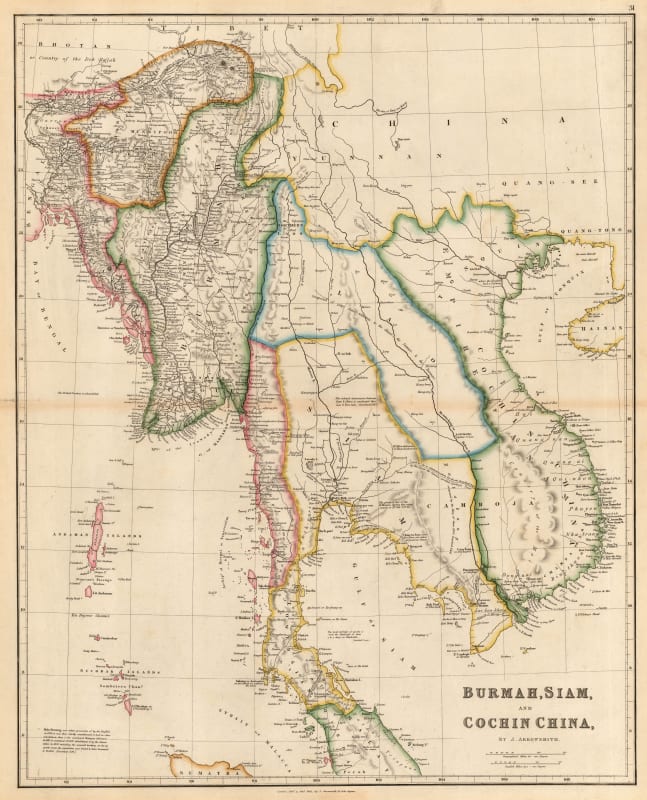John Arrowsmith was born in 1790 in Winston, County Durham. At the age of twenty in 1810, he moved to London to join his uncle Aaron’s prestigious mapmaking firm. Aaron Arrowsmith the Elder (1750-1823), was already a long-established British geographer and cartographer, known for his large format continental and world maps in the 1790s-1820s.
John worked at his uncle’s business for thirteen years, where he learned engraving, lithography, globe-making, and publishing. Aaron Arrowsmith’s sons, Aaron and Samuel Arrowsmith, also joined the family business later on. John was known for his expertise in making maps of foreign countries. The Arrowsmith name was associated with a variety of services, including high quality engravings, publishing, geography, and cartography. When the elder Aaron died in 1823, John left the firm and set up his own shop. His cousin Aaron also decided to leave and pursue an education at Oxford and a life in the Church, leaving Samuel to run their family’s business.
While working independently, John became an important member of the London scientific community. In 1830, he established himself as a founding member of the Royal Geographical Society and remained an influential member of its council for many years. A large number of his smaller format maps were included in the RGS journal. He also assumed an unofficial role of Society cartographer for the next forty-three years and receiving high honours for his work. With his prominent position at the society, he had access manuscripts sent back to London by many of the foremost explorers of the age, including Burke & Wills, John Henning Speke, and David Livingstone.
Along with his expanding work within the RGS, John began to produce maps for Hansard, a firm charged with publishing Parliamentary reports and papers. Maps from the Colonial Office and the Honourable East India Co., among others, would first pass through Arrowsmith’s hands giving him an enormous advantage over his cartographic rivals. Arrowsmith’s own commercial enterprise culminated in the production of the “London Atlas of Universal Geography” first issued in 1834.
Samuel Arrowsmith unexpectedly passed away in 1839, and John returned to take over his uncle’s business. This business restructuing proved highly successful, and the Arrowsmith firm was boosted once more into a highly profitable business. As his prestige and contacts grew, so did the contents of this work; indeed, in his preface of the 1842 edition, Arrowsmith states that “I have compared and critically examined more than ten thousand sheets of printed maps, charts and plans.” He adds that “I have also gleaned the geographical information scattered throughout upwards of eight hundred volumes of voyages, travels & history.”
Arrowsmith died in 1873 having built upon and then exceeded his already bright family legacy of extraordinary cartographers. After his death, the firm’s assets were purchased by mapmaker and publisher Edward Stanford.


